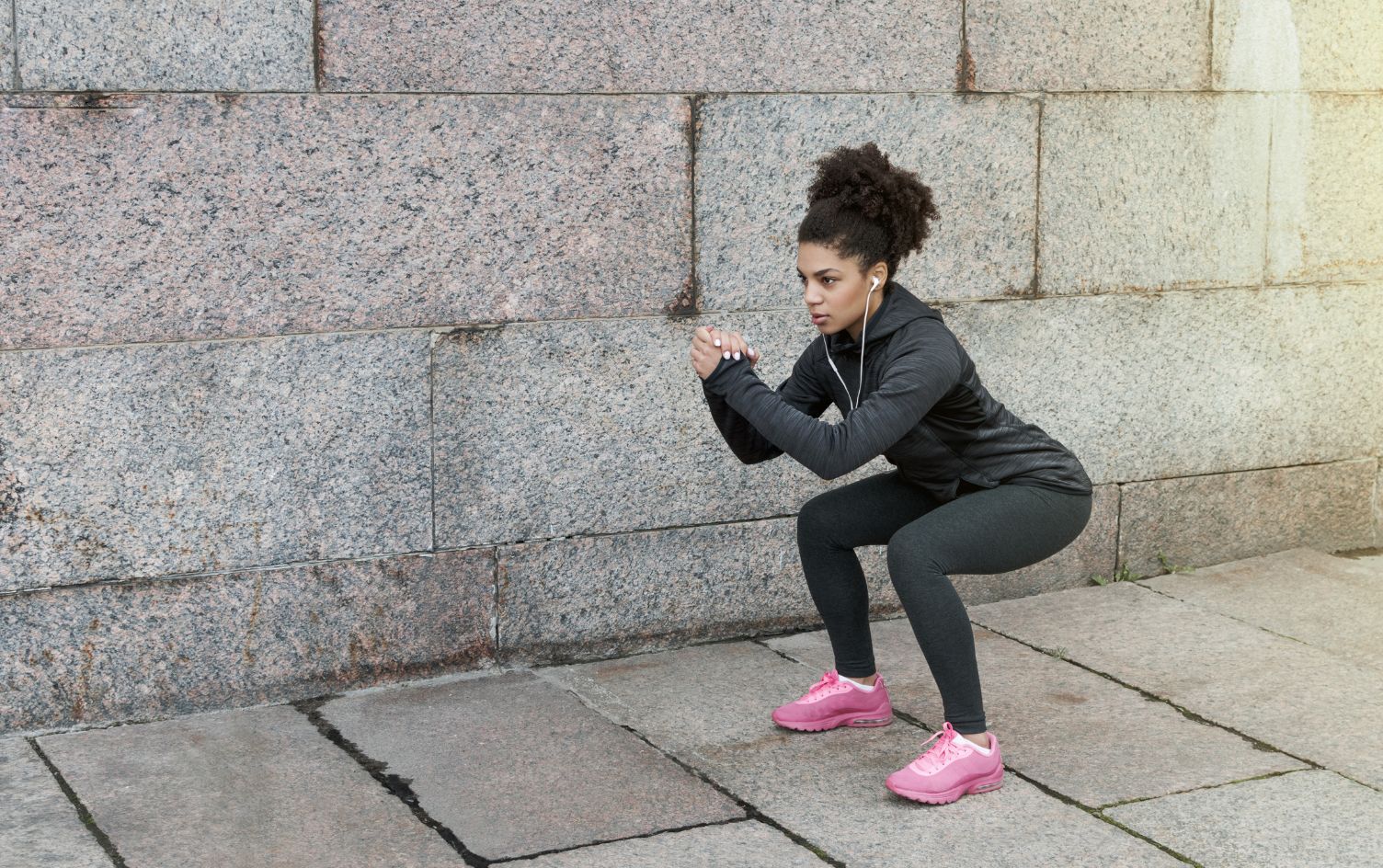For fearless die-hards, outdoor exercise does not stop when the weather grows cold. Workout troopers brave the bitter winds, snow and sleet to keep up their fitness. If you choose to head outside this winter, be aware of a common consequence of training in harsh outdoor environments: hypothermia.
Cold-weather factors play a role in how your body regulates its internal thermometer says Dr. Jeffrey Frye, area medical director of MedExpress Urgent Care. “When your body temperature dips too low [anything below 95ºF is considered hypothermia], you run the risk of serious complications.”
WAYS TO COMBAT BECOMING HYPOTHERMIC
1. EAT RIGHT
Stick to carbohydrate-rich foods with lots of calories when exercising outdoors on cold days, says Dr. Kerem Bortecen of NYC Surgical Associates. This is because you burn more calories in cold weather. A study of 53 men and women in Wyoming found that people who hiked in temperatures ranging from 15–23ºF burned 34% more calories than those who hiked in mid-50ºF weather.
Remain well hydrated and “avoid alcohol and caffeine,” says Bortecen. According to the 2015-2020 Dietary Guidelines, mixing alcohol and caffeine is not generally recognized as safe by the Federal Drug Administration (FDA). People might drink excessively and become more intoxicated than they realize.
2. DRESS APPROPRIATELY
What you wear is as important as the workout itself. Choose well-fitting clothing, which is “essential to keep the skin warm and adequately perfused,” says Bortecen.
Do not bundle up too much. Instead, dress in light layers that wick moisture away from the skin. “When you exercise, your body is generating more heat, but sweating too much can be a problem, and damp, heavy exercise clothing pulls more heat away from your body in the cold weather,” says Frye.
Protect your body. When outside, “blood flow is focused on your core, keeping your major organs, like the heart, warm and operating properly,” says Frye. But your hands, head and feet get less blood flow. He suggests using mittens and a hat, balaclava or headband to protect your ears and head.
3. WARM UP
Loosen up the body rather than immediately starting your long run or ride. Complete a 5–10-minute dynamic warmup. Patrick Vignona, MS, certified clinical specialist in sports physical therapy, advises performing jumping jacks, high knees, skipping and any other movement to get blood flowing. Also, heed his recommendation: Do not stretch prior to warming up.
4. EXERCISE IN GROUPS
It’s always good to have a workout buddy, but when the temps are below freezing, they can do more than just hold you accountable. “Sometimes, hypothermia is easier to spot in someone else than it is to spot in yourself,” says Frye. “Keeping people close by while exercising is always a good idea.
5. COOL DOWN
You might want to keep the workout shorter than usual. Workouts in the cold will typically require more energy, says Frye. He recommends having an exit strategy to get out of the cold for sudden weather changes and/or someone developing signs of hypothermia.
But don’t just stop your workout, instead, make sure you cool down, says Vignona. You can walk and stretch to bring your heart rate down. Then get to a warm place, out of your wet clothes and into something dry.
READ MORE > HOW COLD IS TOO COLD TO TRAIN OUTSIDE
WAYS TO TREAT HYPOTHERMIA
KNOW THE SIGNS AND SYMPTOMS
According to Frye, hypothermia starts out as shivering and shaking and the symptoms move on to slow breathing, lack of coordination, difficulty concentrating and trouble speaking.
In addition, your heart rate slows. “This is harmful to athletes because they already have a slower heart rate than normal,” says Dr. Yvette McQueen. “If your heart is not beating fast enough, it’s not pushing blood to the organs; particularly the brain.” This can cause confusion or disorientation.
TREATMENT
For mild hypothermia:
- Remove the person from the cold environment. “The warming area should be over 70ºF,” says McQueen.
- Remove any wet clothing.
- Warm the body with blankets and warm packs/warm water bottles placed on the armpits, neck, feet and hands, says McQueen.
For severe hypothermia:
In severe hypothermia, with core body temperatures below 82.4ºF, “heart rate further slows down leading to complete cardiac arrest,” says Bortecen.
- Go to the hospital. Medical professionals have “procedures to warm the core temperature and protect the heart from stopping,” says McQueen.
- If you notice any irregularities with heart beat, call 911 immediately, says Bortecen. Do not wait to drive to the hospital.
CONCLUSION
With advanced planning, you can stave off hypothermia as best as possible. However, if you find yourself with any of the symptoms, follow the steps provided. Do not be a hero and think you can tough it out.




